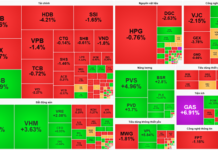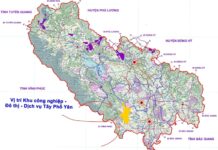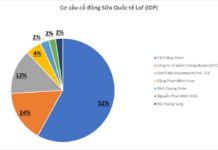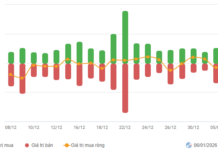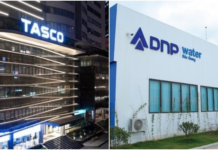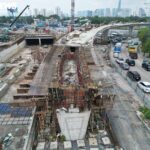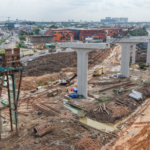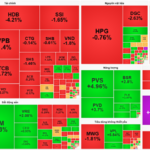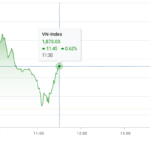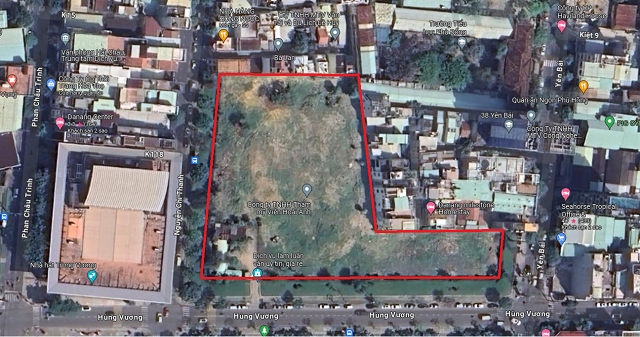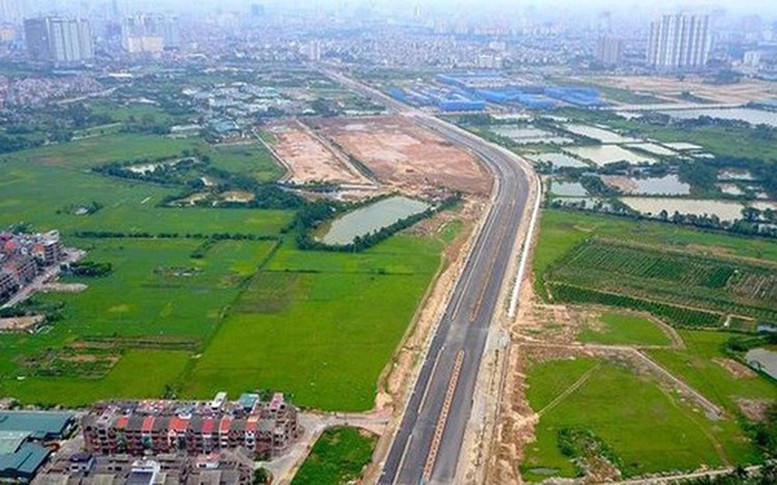
Crafting a Transparent BT Policy: Addressing Shortcomings and Preventing Losses.
The announcement clarifies that the Build-Transfer (BT) investment model, introduced in 1998 under Decree No. 62/1998/NĐ-CP, has undergone amendments through Decrees No. 78/2007/NĐ-CP, No. 108/2009/NĐ-CP, No. 15/2015/NĐ-CP, and No. 69/2019/NĐ-CP. However, the implementation of BT projects has revealed several operational inefficiencies. Consequently, the Public-Private Partnership Investment Law No. 64/2020/QH14 halted new BT projects.
To mobilize resources for socio-economic infrastructure development, the amended Law No. 57/2024/QH15 reintroduced the BT model, delegating detailed regulations to the Government. The legal framework must address practical needs, learn from past shortcomings, and design policies that ensure comprehensive innovation in implementation and investor payment methods. This aims to maximize efficiency, attract investors, and prevent state asset losses.
Eliminating the 10% Maximum Discrepancy for Land Fund Valuation in Investor Payments
The Standing Government commends the Ministry of Finance for refining the draft Decree based on feedback from Government members and directives from the Standing Government. Some additions require further consultation to comply with Government protocols. The Ministry of Finance should incorporate meeting insights, particularly from the Minister of Finance, and finalize the draft Decree, noting:
Land funds for payment involve state-recovered land, with investors covering clearance costs. Land allocation or leasing occurs only when legal conditions are met. Proceeds from public asset auctions are excluded from mid-term public investment plans.
The land fund’s value must not exceed the approved BT project’s total investment. The 10% maximum discrepancy for land fund valuation lacks legal basis and is removed. Clearance costs advanced by investors (for both BT projects and corresponding land funds) are state-approved compensation expenses.
Payment land funds must align with approved planning and relevant laws. State-managed land, if fragmented and inseparable, may be used for BT payments. Independent or separable assets must be auctioned for budget-based payments.
Approving Three Land Payment Methods for BT Projects
The Standing Government endorses the Ministry of Finance’s proposal for three land payment methods: single payment post-project completion (Group C), phased payments based on completion milestones (Groups A, B, C), and full payment upon contract signing for large-scale projects with bank guarantees.
The Ministry of Finance must clarify selection criteria and ensure full payment does not exceed the BT project’s final value. Investors may prepare designs and estimates, but state agencies must validate them to ensure accuracy in project contracts.
Provincial People’s Committees remit central funds as per the State Budget Law. The Ministry of Finance oversees compliance. Loan interest is governed by relevant laws, not this Decree. The Ministry should carefully review “revenue and expenditure recording” to ensure legal compliance.
Deputy Prime Minister Hồ Đức Phớc and the Minister of Finance are tasked with finalizing the Decree to streamline resources, ensure transparency, decentralize authority, eliminate redundant procedures, and combat corruption.
Tây Ninh to Launch and Inaugurate Three Key Projects on a Significant Occasion
West Ninh Province is set to launch and inaugurate three major infrastructure, commercial, and social housing projects, totaling over 4.5 trillion VND in investment, in celebration of the 1st Party Congress of the West Ninh Provincial Party Committee for the 2025-2030 term.
Unleashing the Drivers Behind a 8.3%-8.5% GDP Growth Surge
Ministries, sectors, and local authorities must aggressively strive to achieve 100% disbursement of the 2025 public investment capital plan.


